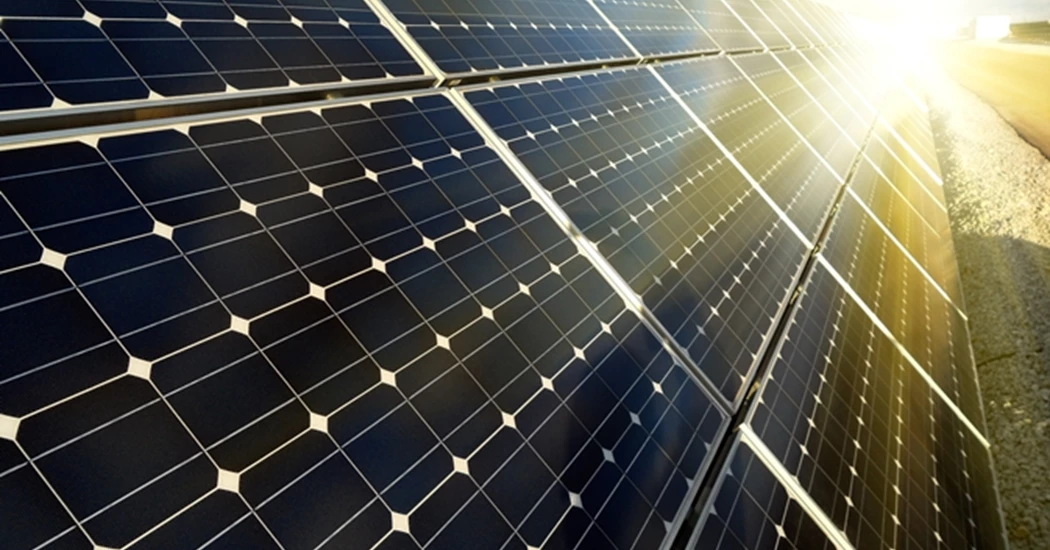DNV steers deployment of floating solar technology in tough conditions
DNV has collaborated with a leading offshore design and engineering services provider to reduce floating solar design risks and drive adoption. The Norwegian independent energy expert and assurance provider handed over a Statement of Conformity to Moss Maritime for their design brief, outlining methodology for the XolarSurf concept.
The move marks a significant milestone in the development of the technology and could accelerate deployment of floating solar projects in harsh environments, such as exposed waters , thereby providing opportunity to supply clean energy close to shore without land use pressure.
Staging secure sea solar era
A Statement of Conformity is essentially an “instruction manual” verifying that design methodology complies with DNV general principles and requirements. It follows DNV conducting independent investigations to identify and reduce errors, deficiencies, and weaknesses in methods and analytical tools.
Wind, waves, and currents impact structures in the sea, and DNV’s input ensures this is taken care of in further concept development, helping Moss Maritime reduce potential risks as well as attract investments to further advance its floating solar technology.
Cost-effective way forward
Alexander Minge Thøgersen, Vice President of Engineering at Moss Maritime, said it aimed to have a prototype in the water by June while describing DNV’s Statement of Conformity as “a recognition and a stamp of quality”.
“Compared to floating wind turbines, floating solar power technology is simpler, engineering costs are lower, and structures are easier to build,” he explained. “Floating solar power is also well suited for mass production, which will have a positive impact on price and deployment.”
Huge expansion of solar schemes
DNV’s 2023 Energy Transition Outlook highlighted the “staggering growth” of solar photovoltaics in recent years - from 1GW installed annually in 2004 to 250GW installed in 2022 alone.
Land-based growth on this scale presents challenges that could be addressed by floating solar, although floating technology must overcome rough sea conditions.
However, combining floating solar with offshore wind farms - and leveraging shared energy infrastructure and export cables - could deliver cost reductions.
Hans Kristian Danielsen, Senior VP of Global Business Development and Sales Enablement, Energy Systems at DNV, cites solar power development as an important element in the energy transition. “Investing in the development of floating solar power is therefore highly interesting,” he added. “In practice, Moss Maritime has received an instruction manual so they can design and develop floating solar power that can withstand rough sea conditions.”





